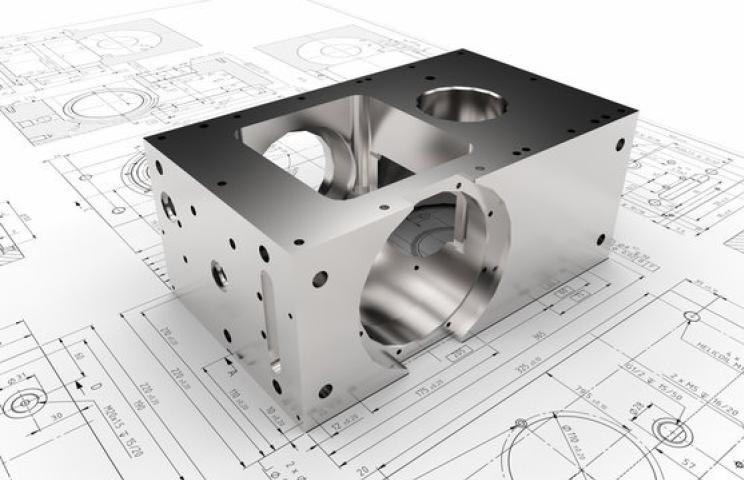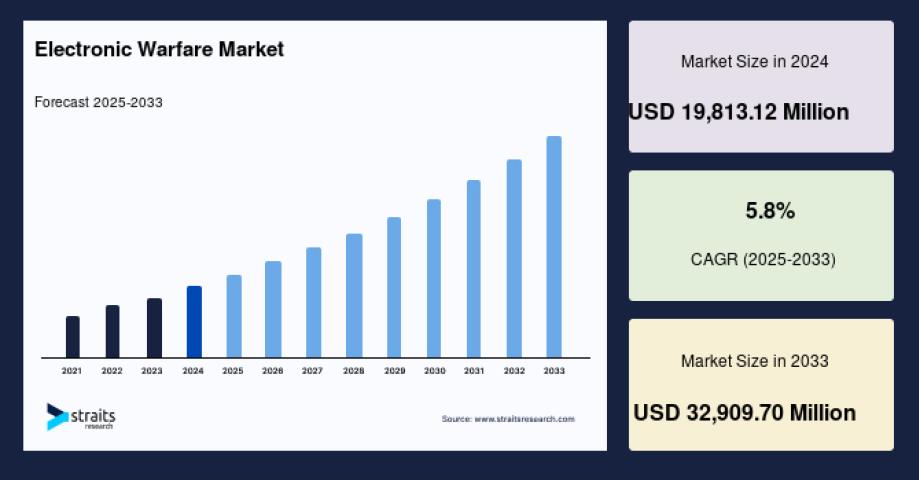Manufacturers in the consumer electronics industry operate in one of the most competitive and fast-paced markets. From smartphones and headphones to smart home devices and wearables, companies must balance innovation, cost efficiency, and time-to-market—all of which are directly influenced by their production strategy.
Consumer electronics often involve intricate components, rapid product cycles, and tight quality standards. Deciding whether to manufacture in-house or outsource to external partners is a critical choice that shapes operational success and brand reputation.
In-house production gives companies full control over the manufacturing process. For high-end electronics, particularly those that involve proprietary technologies or sensitive intellectual property, internal production is often preferred. It ensures tighter integration between product design and manufacturing, faster iteration, and better protection against IP theft or design replication. Companies like Apple and Samsung have retained partial in-house capabilities precisely for these reasons—maintaining control over core components such as processors or displays while outsourcing less critical parts.
However, building and maintaining a fully integrated production infrastructure is capital-intensive. Electronics manufacturing requires significant investments in facilities, clean rooms, robotics, and skilled labor. It also adds fixed costs that can weigh down agility in a market where product relevance can shift in months.
That’s why outsourcing production, often to established contract manufacturers like Foxconn, Flex, or Pegatron, is the dominant model in the industry. These partners bring massive economies of scale, specialized expertise in assembly, and well-developed global supply chains. Outsourcing enables electronics brands to focus on R&D, software development, and marketing, while relying on partners for high-volume, cost-effective manufacturing.
Yet outsourcing isn’t without its risks. Quality assurance becomes more complex when production is spread across regions. Delays in communication, logistics challenges, and reliance on third parties can lead to slower responses to market changes or quality issues. Additionally, geopolitical risks, such as trade restrictions or regional instability, can disrupt outsourced production models.
To manage these challenges, many electronics firms adopt a dual or hybrid production approach. Core technologies—like chip design or software-hardware integration—are handled internally, while the mass assembly of devices is outsourced. This model allows companies to retain strategic control while scaling efficiently.
Another factor reshaping this decision is sustainability and regulatory compliance. Governments and consumers are placing increasing pressure on electronics brands to reduce e-waste, use ethical sourcing, and ensure safe labor practices. In-house production allows for more transparency and traceability, while outsourcing requires careful vetting and auditing of partners to meet compliance standards.
Ultimately, for electronics manufacturers, the choice between in-house and outsourced production depends on the company’s scale, technical competencies, and strategic priorities. Fast-growing startups may rely entirely on outsourcing to stay lean, while established brands often blend both models to maintain control where it matters and stay competitive in global markets.










